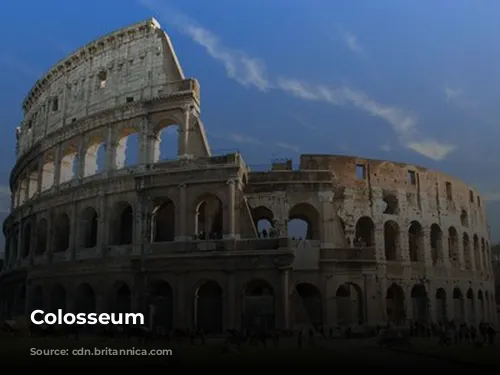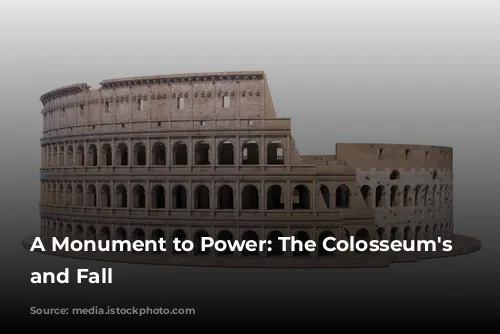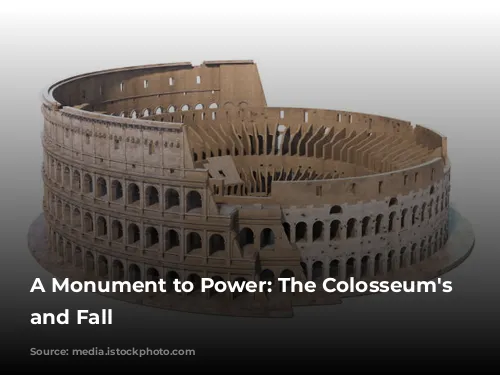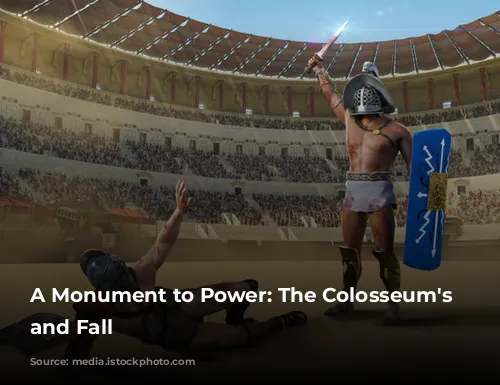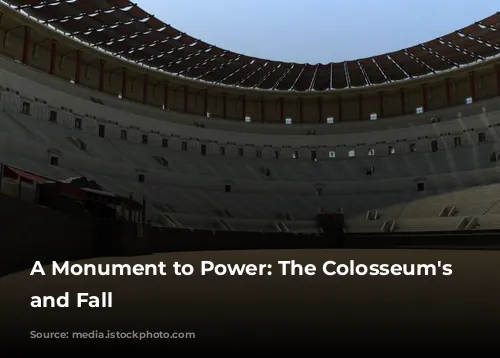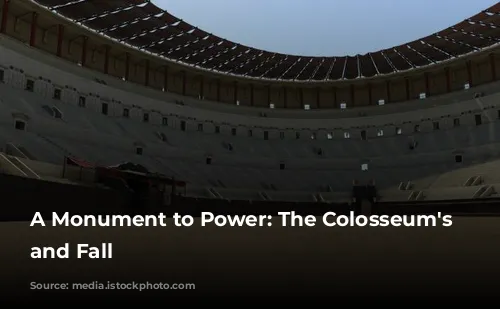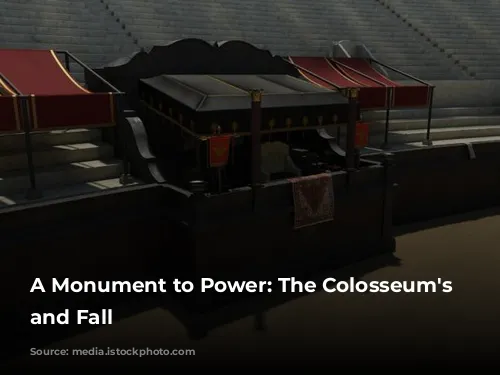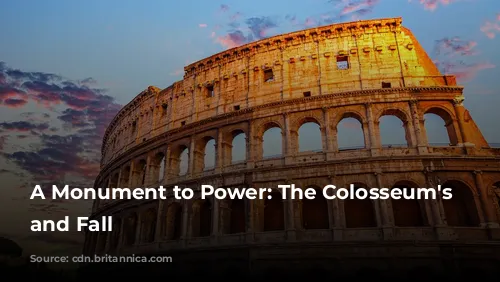The Colosseum, one of the few surviving structures from the Roman Empire, stands as a towering testament to the Romans’ incredible architectural and engineering skills. Beyond its historical significance, it’s a major moneymaker for the Italian government, attracting tourists from all corners of the globe. In 2018 alone, the Colosseum, the Roman Forum, and the Palatine Hill collectively generated over $63.3 million (€53.8 million), making it Italy’s top tourist destination.
The Colosseum’s journey has been long and complex. After the fall of the Western Roman Empire, the magnificent structure fell into a state of disrepair. The Frangipane and Annibaldi families, powerful Roman families, converted the arena into a fortress, using its walls for protection. This was followed by a period of even greater neglect, as Pope Alexander VI authorized the use of the Colosseum as a quarry in the late 15th century. It took over a thousand years for the Colosseum to receive much-needed attention, with state-funded restoration efforts finally beginning in the 1990s.
A Symbol of Imperial Might
The Colosseum’s construction was a bold statement by the Roman Empire, showcasing its power and grandeur. It was built following the chaotic year of “the four emperors” in 69 CE, as a way to revitalize Rome and restore imperial stability. Emperor Vespasian, known for his pragmatism and ambition, saw the Colosseum as an entertainment venue, a place to entertain the masses with thrilling events like gladiator fights, animal hunts, and even mock naval battles.
Construction began in 70 CE under Vespasian and was completed in 80 CE by his son and successor, Titus. The Colosseum’s fourth story was added by Emperor Domitian in 82 CE, marking the final stage of construction. Importantly, the Colosseum was funded using the spoils from Titus’s conquest of Jerusalem in 70 CE, and it was built by enslaved Jews from Judaea.
A Colossal Structure: The Colosseum’s Design and Use
The Colosseum, also known as the Flavian Amphitheatre, is an imposing elliptical structure built from stone, concrete, and tuff. Its grandeur is undeniable, with four towering stories reaching towards the sky. It measures a massive 620 by 513 feet (189 by 156 meters) and could accommodate up to 50,000 spectators, offering a glimpse into the scale of Roman entertainment. The Colosseum was famously used for gladiator combat, showcasing the Roman fascination with spectacle and violence.
The Colosseum’s location was no accident. Situated just east of the Palatine Hill, it replaced the artificial lake that was the centerpiece of Nero’s lavish Golden House. Vespasian, who rose to power from humble beginnings, chose to replace the extravagant lake with a public amphitheater, demonstrating his commitment to the people of Rome and their entertainment.

A Technological Marvel: The Colosseum’s Engineering
The Colosseum stands as a testament to Roman engineering ingenuity. It’s a freestanding structure, unlike earlier amphitheaters that were built into hillsides for support. Its impressive structure utilizes a complex system of barrel and groin vaults, showcasing the Romans’ mastery of architecture and building techniques.
The Colosseum’s facade is a spectacle of architectural design, featuring three tiers of arcades framed by engaged columns in the Doric, Ionic, and Corinthian orders. This arrangement of columns, known as the assemblage of orders, would later become a defining feature of Renaissance architecture. The structure itself is a blend of different materials: travertine for the main framework and facade, volcanic tufa for the secondary walls, and concrete for the inner bowl and arcade vaults.
A Spectacle for the Ages: Entertainment and Innovation
The Colosseum’s design prioritized the comfort and experience of its vast audience. It boasted a massive retractable awning, called a velarium, to protect spectators from the sun. This complex system required hundreds of Roman sailors to operate the rigging that extended and retracted the velarium.
The Colosseum’s primary purpose was to provide entertainment for the Roman masses. Thousands of spectators witnessed gladiatorial combat, contests between men and animals, and even mock naval battles. While the Colosseum’s use for early Christian martyrdom remains uncertain, its role as a venue for public spectacle is undeniable.
From Glory to Neglect and Revival
The Colosseum’s story, however, is not just one of triumph. In medieval times, the structure fell into disrepair. It was used as a church and later as a fortress by powerful Roman families. The Colosseum suffered damage from lightning, earthquakes, vandalism, and pollution, leaving its once-grand facade scarred. Marble seats and decorative materials disappeared, as the Colosseum was essentially treated as a quarry for over a thousand years.
The 19th century saw the beginnings of preservation efforts, led by Pope Pius VIII. This momentum continued into the 1990s, with a major restoration project giving new life to the ancient wonder. Today, the Colosseum stands as a beacon of Roman history, attracting close to seven million visitors annually. It continues to inspire awe and wonder, hosting changing exhibitions that showcase the culture and legacy of ancient Rome.

